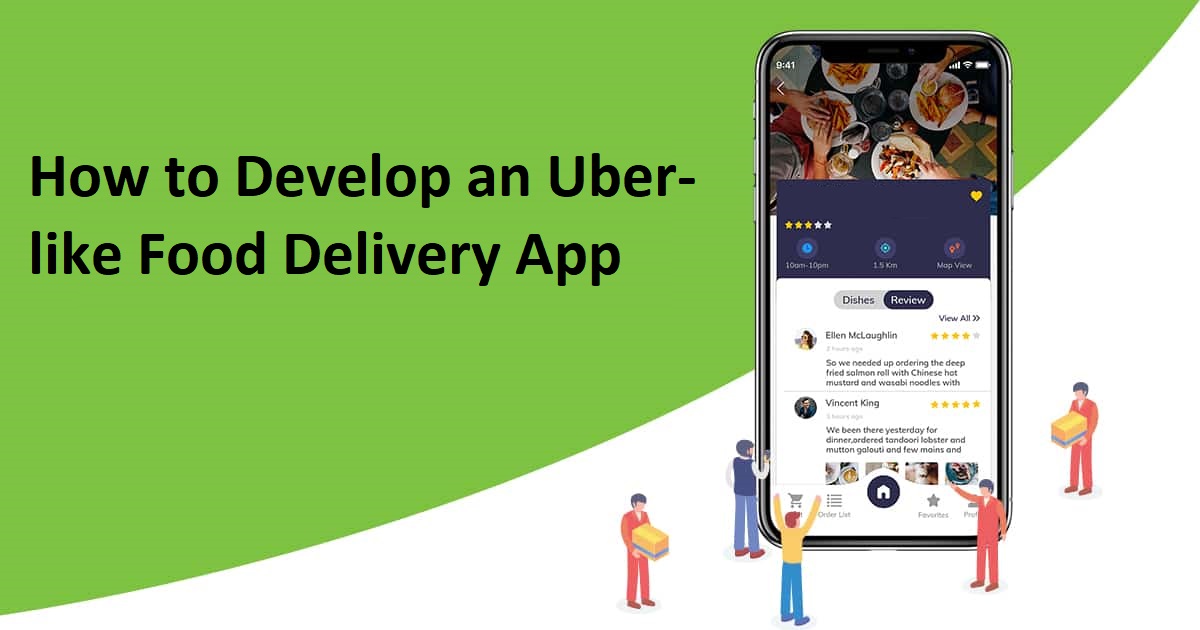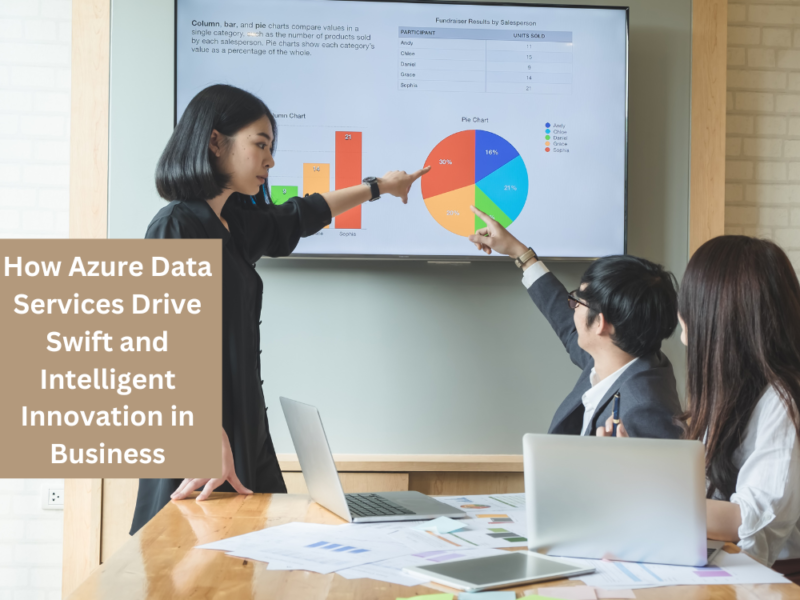The demand for convenient and efficient food delivery services market size has skyrocketed in today’s fast-paced world. The success of apps like Uber Eats, Grubhub, and DoorDash has demonstrated the immense potential of the food delivery market. As a result, businesses are increasingly embracing the idea of developing their own Uber-like food delivery apps. In this article, we will delve into the process of developing such an app and explore the numerous benefits it can bring to a business.
Understanding the Process of Developing a Food Delivery App
The process typically begins with the planning phase, where the development team determines the project’s features, scope, and timeline. They then move on to the design phase, where they create the app’s user interface and user experience. Once the design is complete, the development phase begins, where the code is written and tested. Finally, the app is launched and monitored for feedback and performance. We will further discuss the in-depth process, but before that, let’s dive in and check out some vital benefits.
II. Benefits of Developing a Food Delivery App for Businesses
Expanded Customer Reach
A food delivery app allows businesses to reach a wider audience. By offering a convenient mobile platform, businesses can tap into a larger customer base, including those who prefer ordering food from the comfort of their homes or offices.
Increased Revenue Generation:
An Uber-like food delivery app opens up additional revenue streams for restaurants. It allows them to serve customers beyond their physical locations and take advantage of the growing trend of online food ordering. With increased order volume, businesses can experience a significant boost in revenue.
Enhanced Customer Loyalty and Retention
A well-designed Uber like food delivery solution can help businesses build stronger customer loyalty. By offering personalized recommendations, rewards programs, and seamless order tracking, businesses can create a delightful customer experience, leading to increased retention rates.
Operational Efficiency
Implementing a food delivery app streamlines the order management process, reducing the burden on restaurant staff. Automated order processing, real-time notifications, and integrated payment systems improve operational efficiency, allowing businesses to handle larger orders without compromising service quality.
Data-driven Insights
Food delivery apps provide valuable data insights that can be leveraged to optimize business operations. Information such as popular food items, customer preferences, and order patterns can help businesses make data-driven decisions, refine their menu offerings, and tailor marketing strategies accordingly.
Read more:- 9 Amazing Tricks for Web Application Development
Competitive Advantage
Developing a food delivery app can give businesses a competitive edge. By offering a seamless and convenient ordering experience, businesses can differentiate themselves from competitors and position themselves as innovative and customer-centric.
Step-by-Step Development of a Food Delivery App like Uber
Market Research
Before diving into development, conduct thorough market research. Identify your target audience, study existing competitors, analyze their strengths and weaknesses, and identify potential gaps in the market that your app can fill. This research will help you define your unique selling proposition and tailor your app to meet the specific needs of your target market.
Conceptualization and Planning
Once you clearly understand the market, define your app’s core features and functionalities. Consider features such as user registration, restaurant listings, menu browsing, order placement, payment integration, real-time order tracking, ratings and reviews, and customer support. Create a detailed plan that outlines the app’s structure, flow, and user interface.
User Interface (UI) and User Experience (UX) Design
Design an intuitive and visually appealing UI/UX for your app. The interface should be easy to navigate and have clear and consistent design elements. Focus on creating a seamless user experience, ensuring users can quickly browse restaurants, select items, customize orders, and complete the checkout process without friction.
Read more:- Graphic trends for mobile apps
Backend Development
Your app’s backend is responsible for handling data storage, logic, and communication between users, restaurants, and delivery drivers. Choose a suitable technology stack and set up servers, databases, and APIs. Develop robust algorithms for order management, real-time tracking, payment processing, and other essential functionalities. Ensure that your backend can handle high traffic and deliver fast response times.
Integration of Third-Party Services
To enhance the functionality of your app, integrate third-party services. Some crucial integrations include geolocation services (to determine the user’s location and find nearby restaurants), payment gateways (to process secure and convenient payments), push notifications (to update users on order status), and analytics tools (to gather data and gain insights into user behavior). Integration with popular social media platforms can also facilitate seamless user registration and login.
Testing and Quality Assurance
Thoroughly test your app to identify and resolve any bugs, glitches, or performance issues. Conduct functional testing, usability testing, and compatibility testing across various devices and platforms. Ensure that your app provides a smooth and error-free experience. Test the app’s security measures to protect user data and payment transactions.
Deployment and Maintenance
Once testing is complete, deploy your app to relevant app stores (such as the Apple App Store and Google Play Store). Adhere to the guidelines and requirements of each platform. Continuously monitor the app’s performance, gather user feedback, and address issues. Regularly release updates with new features and improvements to keep your app competitive and up-to-date.
Conclusion
Developing an Uber for food delivery app presents an exciting opportunity for businesses to embrace innovation and tap into the growing online food ordering market. Businesses can enjoy numerous benefits by following a systematic development process and focusing on user experience. Investing in a food delivery app in this digital era can be a game-changer for businesses looking to thrive in the ever-evolving food industry.



